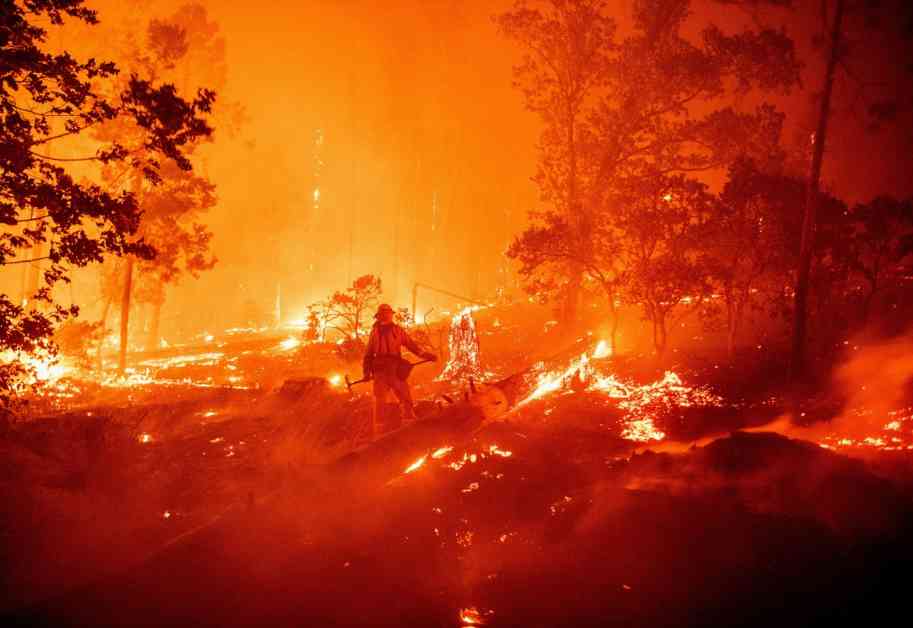Extreme wildfires are on the rise globally, with data showing a significant increase in both frequency and intensity over the past two decades. Researchers have analyzed satellite data and found that the number of extreme fires has more than doubled during this time period, particularly in regions such as Canada, the western United States, and Russia.
Lead author Calum Cunningham, an ecologist at the University of Tasmania, highlights that this study provides the first concrete evidence of the growing trend of extreme wildfires on a global scale. While there has been documented increase in wildfire activity in the western forests of the United States, a clear global trend has been harder to pinpoint due to various factors.
The study, published in Nature Ecology and Evolution, utilized global satellite data to track fire activity, focusing on the most extreme events. The analysis revealed a 2.2-fold increase in the frequency of extreme fires globally from 2003 to 2023, with a 2.3-fold boost in the average intensity of the top 20 most intense fires each year. Specifically, forests in regions like western North America and boreal forests in countries such as Canada, the United States, and Russia have seen a significant increase in the number of extreme fires.
While the study does not directly link the trend to global warming, researchers suggest that climate change is likely a significant factor. Rising temperatures are drying out ecosystems that are prone to fire, providing more fuel for wildfires to grow in size and intensity. Additionally, the study found that the energy intensity of fires has been increasing faster during nighttime over the past two decades, which aligns with the evidence of rising nighttime temperatures contributing to fire risk.
The researchers also identified extreme fires occurring in other biomes around the world, including Australia and the Mediterranean. While clear trends were not observed in these regions, Cunningham notes that as temperatures continue to rise, it is possible that they may also experience an increase in extreme wildfire activity.
Overall, the findings of this study shed light on the concerning trend of increasing extreme wildfires globally and emphasize the potential role of climate change in exacerbating fire risk. As scientists continue to study and monitor these trends, it is crucial for policymakers and communities to prioritize efforts to mitigate the impact of wildfires and address the underlying factors contributing to their escalation.






